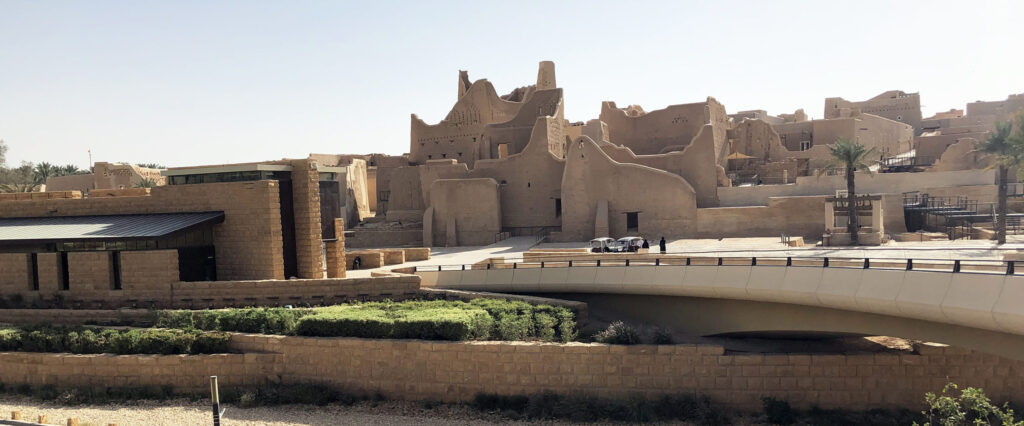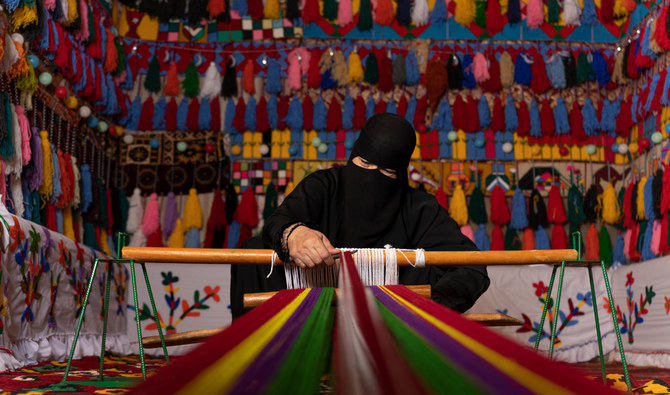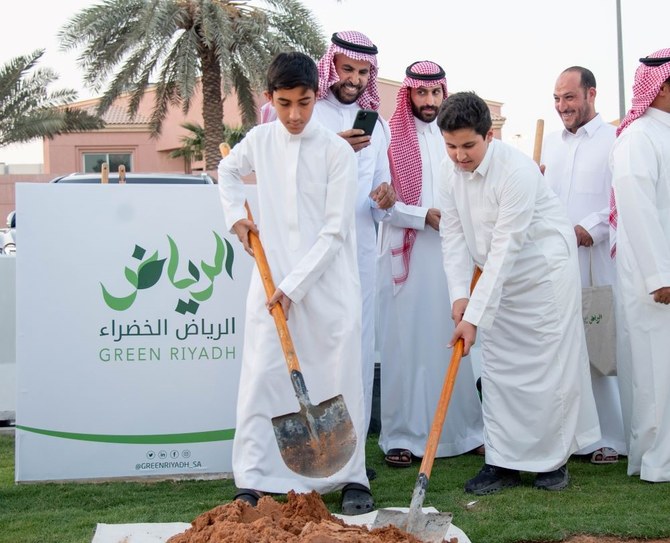Saudi Arabia boasts a rich cultural heritage that spans thousands of years, encompassing diverse traditions, architectural marvels, and historical sites. Recognizing the importance of preserving this heritage for future generations, the Kingdom has undertaken extensive efforts to safeguard its cultural treasures. In this blog post, we explore Saudi Arabia’s cultural conservation initiatives and their impact on preserving the nation’s rich heritage.
Conservation of Historical Sites:
Saudi Arabia is home to numerous historical sites and archaeological treasures that bear witness to its rich and diverse past. From ancient Nabatean cities like Al-Ula to the UNESCO World Heritage Site of Mada’in Saleh, the Kingdom is committed to preserving these cultural landmarks for future generations. Conservation efforts include archaeological excavations, site restoration, and the development of visitor centers and tourism infrastructure to ensure sustainable management and protection of these sites.

Revitalization of Cultural Heritage:
In addition to preserving ancient sites, Saudi Arabia is revitalizing its cultural heritage through initiatives that celebrate traditional arts, crafts, and customs. The restoration of historic districts such as Al-Balad in Jeddah and Al-Diriyah in Riyadh aims to preserve the architectural character of these areas while promoting cultural tourism and economic development. Cultural festivals, exhibitions, and events showcase Saudi Arabia’s rich heritage and traditions, fostering a sense of pride and identity among citizens and visitors alike.

Promotion of Intangible Cultural Heritage:
Beyond physical monuments, Saudi Arabia is also focused on safeguarding its intangible cultural heritage, including oral traditions, music, and folk arts. Initiatives such as the UNESCO-backed Safeguarding of the Intangible Cultural Heritage Project aim to document and preserve traditional practices and knowledge passed down through generations. By promoting awareness and appreciation of intangible cultural heritage, Saudi Arabia seeks to ensure its continued vitality and relevance in a rapidly changing world.

Community Engagement and Education:
Engaging local communities in cultural conservation efforts is essential for ensuring the long-term sustainability of heritage preservation initiatives. Saudi Arabia has implemented community-based programs that involve residents in the stewardship of cultural sites and the transmission of traditional knowledge and skills. Educational initiatives in schools and universities promote awareness of cultural heritage and instill a sense of responsibility for its preservation among future generations.

Conclusion:
Saudi Arabia’s cultural conservation efforts are a testament to its commitment to safeguarding its rich heritage for future generations. By preserving historical sites, revitalizing cultural traditions, promoting intangible heritage, and engaging local communities, the Kingdom is ensuring that its cultural legacy continues to thrive in the modern world. These initiatives not only preserve the past but also contribute to the nation’s identity, pride, and sense of belonging, enriching the cultural tapestry of Saudi Arabia for generations to come.

